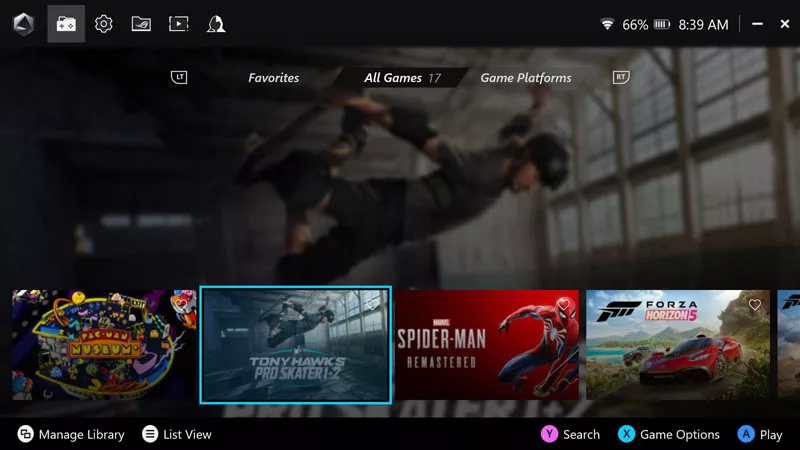Positive Or Negative Pressure Cooling?
Call me a perfectionist, but I like finding the most efficient way of cooling a PC with the least number of fans installed. This article is for you fellow air-cooled rig fanboy. What type of fan orientations and placements are good for an air-cooled setup, and is positive pressure or negative pressure better?
Test Hardware:
- Intel Core-i5 2500K (Not overclocked)
- ASUS Maximus IV GENE-Z
- ASUS GTX285 MATRIX (Not overclocked, fan speed set to a constant 30%)
- Corsair Hydro 50 cooler with 2 x Scythe Gentle Typhoons 1850rpm (Pull/Push to the rear)
- Coolermaster HAF 912 Advanced
Testing Procedure:
10 rounds of Intel burn test on the CPU and Furmark stressing on GPU at standard settings. Approx total time: 20mins of system stress. CPU temperature was recorded by Real Temp 370 and GPU temp was measured by GPU-Z. The ambient room temperature is 29ºC. [gallery include="" size="medium" link="file" template="file-gallery" columns="2"] Before getting started on this simple test, we must set a baseline temperature with no case fans:
CPU cooling only:
2 x 120mm in a pull/push config to exhaust on the Corsair H50 0 x case fans  Conclusions: Check out the crazy-high idle temperature of Core i5-2500K and GTX285 Matrix. With no extra air being actively pushed into the case what is left is a combination of stagnant hot air and fresh air sucked in from gaps in the case. The PC is stable and quiet, but it's not fit for overclocking. Clearly some case fans must be installed to provide a wee bit of air flow.
Conclusions: Check out the crazy-high idle temperature of Core i5-2500K and GTX285 Matrix. With no extra air being actively pushed into the case what is left is a combination of stagnant hot air and fresh air sucked in from gaps in the case. The PC is stable and quiet, but it's not fit for overclocking. Clearly some case fans must be installed to provide a wee bit of air flow.
Negative pressure setup:
2 x 120mm in a pull/push config to exhaust on the Corsair H50 1 x 200mm front intake 1 x 120mm top exhaust  Conclusions: A standard air flow setup with a front intake for cool air while the top fan over the CPU socket and the Corsair H50 are exhausting warm air through the rear and top of the casing respectively. The Core i5-2500K idling temps at 43c which is still quite high for stock voltages. This could be due to the H50 and the top fan competing for the cool air as a result of the negative pressure setup: more exhaust over intake. The GTX285 MATRIX temperature has dropped slightly due to it being in the firing line of the front fan, but due to the HDD rack being in the way the airflow loses a lot of its power.
Conclusions: A standard air flow setup with a front intake for cool air while the top fan over the CPU socket and the Corsair H50 are exhausting warm air through the rear and top of the casing respectively. The Core i5-2500K idling temps at 43c which is still quite high for stock voltages. This could be due to the H50 and the top fan competing for the cool air as a result of the negative pressure setup: more exhaust over intake. The GTX285 MATRIX temperature has dropped slightly due to it being in the firing line of the front fan, but due to the HDD rack being in the way the airflow loses a lot of its power.
Positive pressure setup:
2 x 120mm in a pull/push config to exhaust on the Corsair H50 1 x 200mm front intake 1 x 120mm top intake
Conclusions: With a top fan intake this this is surprising as you can see a drastic improvement on the idling and load temperature of i5-2500K by directly blasting the CPU area and feeding the H50. Cooling the backside of the GTX285 MATRIX from the top-down airflow makes a tiny positive impact, dropping the idle and load temps another 2ºC on both accounts. More directed intake over exhaust provides a better cooling environment.
Negative pressure setup + more fans:
2 x 120mm in a pull/push config to exhaust on the Corsair H50 1 x 200mm front intake 1 x 120mm top exhaust 1 x 120mm side intake
Conclusions: With a side fan mounted directly opposite the GTX285 MATRIX it's cooled notably better for the first time as we'd expect. With the loss of the top intake though, the Core i5-2500K idle and load temperatures have again increased though.
Positive pressure setup + more fans:
2 x 120mm in a pull/push config to exhaust on the Corsair H50 1 x 200mm front intake 1 x 120mm top intake 1x 120mm side intake
Conclusions: With everything pushing inwards except the H50 exhausting, this provides the best cooling setup. Looking at the idle and load temperature of both i5 2500K and GTX285 Matrix, we can safely say that overwhelming positive pressure and direct airflow to the areas that need it really do help in lowering temperature.
Final Conclusion:
So which set up is the best? Directed intake airflow is always the best over hot components and the more fans you can add the better. Obviously there's a cost of noise to this benefit, but by using features like Fan Xpert or Thermal Radar it can be balanced by slowing down the fans. Positive pressure is overwhelmingly a benefit, not only for the reasons listed above but also because it pushes dust out of the case and, if your case is well designed, catches most of it on the fan filters before it can get in. What's your home setup: positive or negative pressure? Head over to our forum and hit up the discussion to tell us your preferred build choice.





